The results are in!

About 6 weeks after sending off my home testing kit (as seen in Part One) I received an email from 23andMe telling me that the results were in. It’s all available through the website, which lets you browse through as much or as little of the information as you wish. Some of the information is pretty frivolous but other parts are really quite important so one must tread a little carefully through all the data on display.
The results are divided into two main areas: Health and Ancestry.

Ancestry Results
This section is the more self-explanatory as it looks at your personal DNA blueprint in terms of geography, your maternal and paternal lines. It also looks at your ‘Neanderthal DNA’…
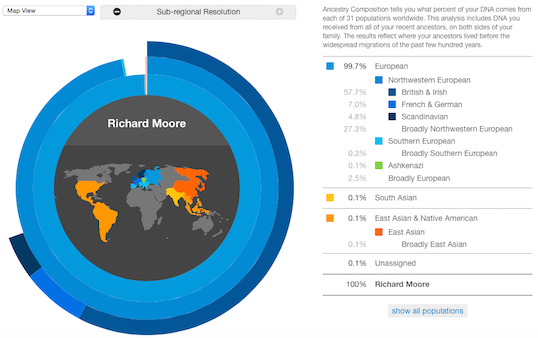
Unsurprisingly, I’m 99.7% European but only 57.7% is classed as “British & Irish”, which is less than I expected. It does confirm that I have some Scandinavian DNA (4.8%) which maybe goes some way to explaining my interest in minimalist furniture and cold weather! Maybe  The 0.1% “unassigned” DNA is intriguing… alien?
The 0.1% “unassigned” DNA is intriguing… alien?
The website also looks at how much of your DNA is closely related to Neanderthal DNA. The average is 2.7% and mine is… 2.9%. Yeah, thanks for that guys!
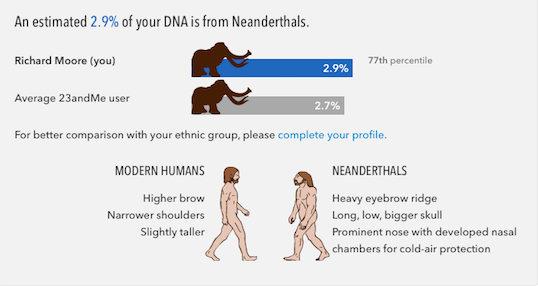
Health Results
This is probably the more interesting section, with the potential to impact on our day-to-day lives. It’s also the main reason why I wanted to do the test in the first place.
The section is broken down into 4 main sections plus a collection of Health Tools, to further investigate the results specific to you. The sections are:
- Genetic Risk Factors
- Inherited Conditions
- Traits
- Drug Response
Genetic Risk Factors
These reports show your results for specific genetic variants that are associated with a higher risk for developing certain health conditions. They don’t tell you whether you definitely will, or will not, develop the condition but rather, whether the risk is there. Of course there are other genetic variants linked to these conditions that are not covered by these reports and environmental and lifestyle factors can also contribute to these conditions.
The list of conditions is rather, erm, specific and I honestly say that none of them are anything that I’ve ever even thought about:
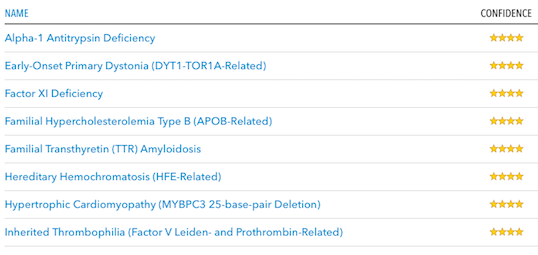
However, there are also a handful of ‘locked reports’ which are probably more interesting/important for the average joe (like me). Some folks would rather not know, so you need to actively click on the reports to see your results, which is a nice feature.
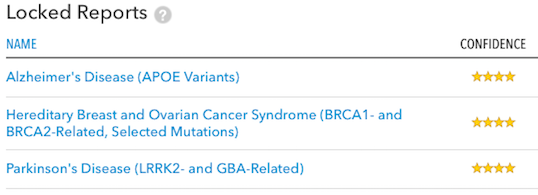
Drug Response
OK, so this is interesting. This section looks at the way that I do/can/could respond to some common and not-so-common medications. So I have a ‘rapid’ response to PPI meds (for acid reflux, indigestion etc) which is interesting, although they’re not necessarily a medication that I particularly use, but have done in the past. In fairness, they did seem to work!
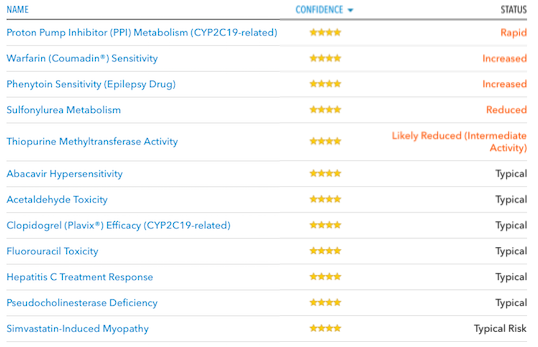
It’s worth noting that you can click on each of those results to find out more about what the medications are for and what the results mean.
Inherited Conditions
These reports show your results for specific genetic variants that can cause certain health conditions. Many of these conditions are recessive, meaning that they only occur when you have two variants for that condition, one inherited from each parent. If you have inherited just one variant, you are said to be a “carrier”. Carriers usually do not have the condition, but can pass the variant on to their children. These reports cover only a subset of possible variants that may be linked to a condition, it’s therefore possible to have other variants not covered by these reports.
All kinds of stuff in here, 50 + conditions, but I’m ‘absent’ of all of them, so nothing to see here….
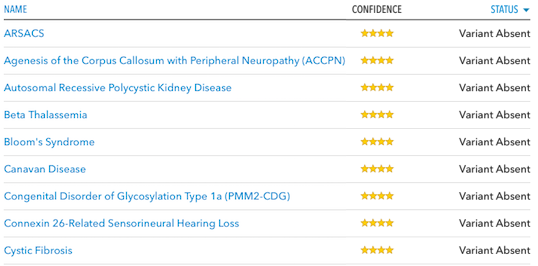
Traits
A real mixed bag this section. ALL kinds of information on display from the frivolous (ear wax type?!) to the interesting (lactose tolerance – I’m likely intolerant apparently but I wouldn’t say that I have any issues) to the inaccurate (eye colour = “likely brown”, erm, mine are green) to the more important (response to diet, exercise, pain etc).
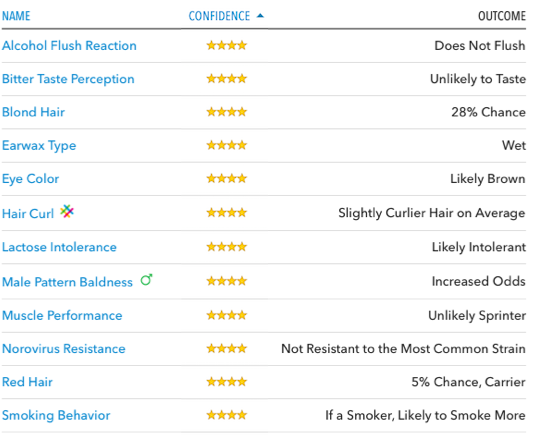
Again, loads of information here with links to individual studies, outcomes and gene research. For example, when talking about diet, it references three studies:
- Effect of monounsaturated fat = marker rs1801282
- I’m CC – “A diet high in monounsaturated fat is not likely to have beneficial effects on BMI or waist circumference.”
- Effect of saturated fat on obesity risk = marker rs5082
- I’m AG – “Typical odds of obesity on both a high and low saturated fat diet.”
- Effect of fat intake on body mass index (BMI) = marker rs662799
- I’m AA – “A high fat diet (30% of calories from fat) is associated with higher BMI.”
From this I think it suggests that a high fat diet probably isn’t for me as I don’t carry the gene variants that benefit from high fat diets. This is really interesting to me as I’ve always thought that carbohydrates were my nemesis? Maybe not? I’ll need to experiment to find out more.
Oh yeah, apparently I’ve got an increased risk of ‘male pattern baldness’… not such a surprise that one 
What next?
To be honest, I’ve been a bit blown away by the sheer volume of information on offer here and there’s plenty more reading to do to really get to the bottom of my personal data.
As I’m primarily interested in the effects of diet and exercise, the next step is to send my data off to DNAFit to get their more detailed reports back. I’m hoping that this will further inform my training and nutrition planning. Fingers crossed 
What do you think? Going to get your DNA tested?
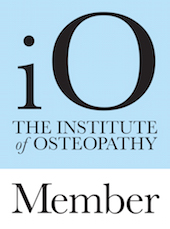
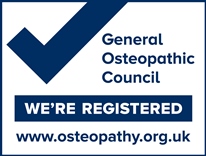
 November 9, 2016 | Posted by Richard
November 9, 2016 | Posted by Richard  Categories:
Categories:  Tags: |
Tags: | 



 The 0.1% “unassigned” DNA is intriguing… alien?
The 0.1% “unassigned” DNA is intriguing… alien?






